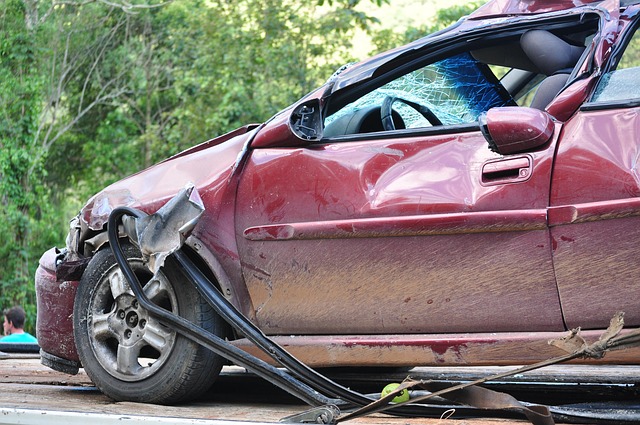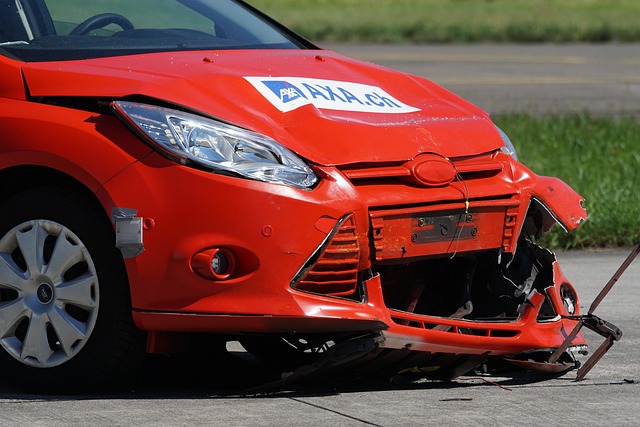Car Insurance with Roadside Assistance offers drivers vital support during emergencies, providing services like towing, tire changes, battery boosts, and lockout help. This add-on is crucial for peace of mind, especially on long journeys or in unfamiliar areas. Policies vary in scope, from basic to comprehensive, catering to different driving needs and travel distances. Understanding coverage, comparing providers, and reviewing limitations ensure optimal benefits. It's key to differentiate between auto policy inclusions and standalone memberships for tailored roadside assistance.
Looking for peace of mind while on the road? Consider adding roadside assistance to your car insurance policy. This essential coverage provides 24/7 help during emergencies like flat tires, dead batteries, or lockout situations. In this comprehensive guide, we’ll explore what’s covered, benefits of inclusion, common scenarios, service levels, and how to choose the right plan for your needs. We’ll also delve into claims processes, standalone memberships vs. bundled coverage, and tips to maximize your protection. Discover why a car insurance policy with roadside assistance could be a true lifesaver.
Understanding Roadside Assistance: What It Covers

Roadside assistance, often included as an add-on to your car insurance policy, is a safety net for drivers facing unexpected breakdowns or vehicular emergencies along the side of the road. This service provides a range of benefits designed to help motorists get back on the road quickly and safely.
When you have roadside assistance coverage, it typically covers towing services in case your vehicle needs to be taken to a repair shop. It also includes services like changing a flat tire, providing jump-starts for dead batteries, and even delivering emergency supplies like water, gas, or food if you’re stranded. Some policies may offer additional perks, such as lockout assistance and travel interruption coverage, ensuring that help is available whenever and wherever needed during a roadside mishap.
Benefits of Including Roadside Assistance in Your Auto Insurance Policy

Including roadside assistance in your auto insurance policy offers a range of benefits that go beyond standard coverage. It’s a safety net that provides peace of mind, ensuring help is readily available whenever you face vehicle trouble alongside the road. Whether it’s a flat tire, battery failure, or getting locked out of your car, these services can quickly resolve issues, often with little to no cost to the policyholder.
This add-on coverage is especially valuable for drivers who frequently travel long distances or navigate unfamiliar routes. It enhances overall convenience and security, knowing that assistance is just a phone call away. Moreover, many roadside assistance programs include additional perks like vehicle towing, battery boosts, and even fuel delivery, making them a comprehensive solution for all your automotive emergencies.
Common Scenarios Where Roadside Assistance Applies

Many car insurance policies include roadside assistance as a standard or optional feature, providing peace of mind while on the road. This service is designed to help drivers in various unexpected situations, ensuring they receive the necessary support when their vehicle breaks down or needs immediate attention. Common scenarios where roadside assistance applies include getting a flat tire, running out of fuel, or requiring battery jumps start due to a dead battery. These services can also extend to more complex issues like towing your vehicle to the nearest repair shop if it’s disabled or stranded in an inconvenient location.
Additionally, roadside assistance coverage may include lockouts, where a driver is locked out of their vehicle, or situations where the keys are accidentally left inside. Some policies even offer help with minor mechanical issues, such as a car that won’t start or a flat battery, allowing drivers to get back on the road quickly and safely. Having this support can be invaluable for travelers, ensuring they don’t face long delays or unsafe conditions while waiting for assistance.
Different Levels of Roadside Assistance Services

When considering car insurance with roadside assistance, understanding the different levels of services offered is essential. These plans typically provide a range of support to ensure drivers are assisted in case of emergencies or minor issues while on the road. Basic coverage might include towing services for disabled vehicles, battery boosts, and tire changes. More comprehensive packages can offer additional benefits such as lockout assistance, fuel delivery, and even roadside repairs for minor mechanical problems.
The level of service varies among insurance providers, so it’s crucial to compare offerings before making a decision. Higher-tier plans often come with faster response times and broader coverage areas, which can be particularly beneficial for frequent travelers or those who drive in remote locations. Choosing the right level ensures peace of mind, knowing that help is readily available whenever needed during a car journey.
How to Choose the Right Roadside Assistance Plan for You

When selecting a roadside assistance plan, consider your specific needs and driving habits. Assess factors like annual mileage, frequent travel distances, and the types of breakdowns or emergencies you’ve encountered in the past. Opt for a comprehensive plan if you frequently drive long distances or in remote areas, ensuring you’re covered for various incidents beyond basic tire changes.
Research different providers offering car insurance with roadside assistance to compare their services and pricing. Evaluate what’s included in each plan – from towing services to battery boosts and lock-out assistance. Choose a provider that offers 24/7 availability and swift response times, ensuring peace of mind when you’re on the road.
Claims Process and Timing for Roadside Assistance Services

When it comes to roadside assistance services, understanding the claims process is crucial for car insurance holders. Typically, this involves contacting your insurance provider or a dedicated roadside assistance company after encountering a covered event, such as a flat tire, battery drain, or being locked out of your vehicle. You’ll need to provide details about your location and the issue at hand.
The timing of these services varies depending on your specific policy terms and the complexity of the problem. Simple issues like changing a tire might be resolved promptly, often within an hour. More complex situations, like towing or mechanical repairs, could take longer. It’s important to remember that roadside assistance coverage is designed to offer timely support, ensuring you’re not stranded for extended periods when facing unexpected car troubles.
Comparison: Roadside Assistance vs. Standalone Memberships

When considering car insurance with roadside assistance, it’s important to understand the distinction between coverage included in your auto policy and standalone memberships offered by various roadside assistance programs. Many auto insurance providers offer roadside assistance as an add-on or bundled benefit, providing peace of mind while on the road. This integrated approach allows for seamless support during emergencies, such as flat tires, lockouts, or vehicle breakdowns, without the need for separate membership fees.
In contrast, standalone memberships offer more specialized and comprehensive services, often at a lower cost for specific needs like roadside towing and battery boosts. While these memberships may not be included in your car insurance policy, they provide additional coverage for those who require frequent assistance or prefer a la carte options. Ultimately, the choice between integrated roadside assistance in auto insurance and standalone memberships depends on individual needs, budget, and desired level of protection.
Tips for Maximizing Your Roadside Assistance Coverage

To maximize your roadside assistance coverage, it’s essential to understand what’s included in your car insurance policy. Firstly, review the scope of services provided, which typically includes towing to the nearest repair facility, battery boosts, tire changes, and lockout assistance. Ensure these services meet your needs, especially for longer trips or remote areas.
Additionally, familiarize yourself with any limitations or exclusions. Some policies might have distance caps on towing, specify types of vehicles covered, or exclude certain situations. Regularly updating your knowledge about your Car Insurance with Roadside Assistance ensures you’re adequately prepared for unexpected breakdowns, providing peace of mind while enhancing the effectiveness of your coverage.
